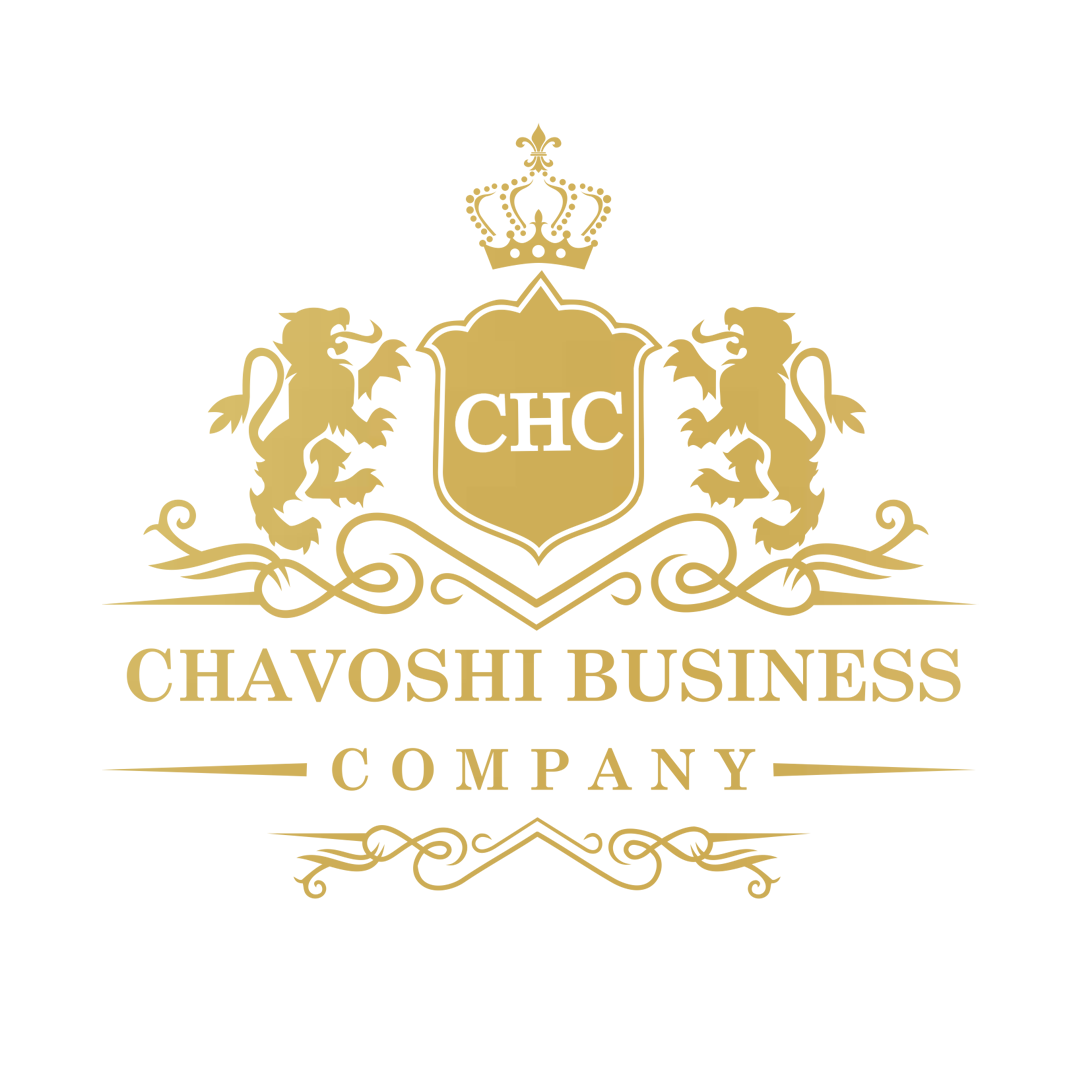Travertine
Travertine is a type of limestone left over from the mineral water sediments of caves or hot springs, which is seen as a relatively large area. Travertine has a band-like texture created by the presence of iron compounds and other impurities. Travertine can be cut into two forms, wavy and undulating, each of which gives a special beauty to the stone.
Travertine has cavities that are filled with various methods such as resin, cement, mastic, putty and wax when processing its surface. The presence of these holes in travertine causes cement mortar to penetrate into these holes when installed and prevent it from falling. The presence of these holes in travertine causes cement mortar to penetrate into these holes when installed and prevent it from falling. Antique work and leathering are other treatments that can be done on travertine surface. Travertine has an acceptable strength. Travertine can be used in interior and exterior facades as well as paving.
Travertine is a porous rock with layered cells and to some extent crystalline calcite, which is formed mainly from hot or cold mineral-rich sources in the earth’s environment. Travertine is popular among designers because of its softness, variety of soil colors, and distinctive streaked patterns. Most of the features of travertine are undoubtedly the presence of pores and cavities in the stone. These cavities are typically filled with a cement or resin filler to increase durability and facilitate material retention. There is no limit to the size or frequency of these cavities. The presence of these cavities is not a defect of materials but a natural attribute of this group of stones.
Many of us know travertine stones, especially cream and caramel colors, as Roman stones. The name of these stones goes back to the original source of their identification and introduction; To ancient Rome
The use of travertine stones in the Colosseum, the symbol of ancient Rome, centuries ago, indicates the fact that the Romans realized the depth of the impact of this stone on the beauty of their living environment.
However, in our country, Iran, for several years, designers and architects have been paying serious attention and in many cities, they have given a new color to the environment due to the widespread use of travertine stones.
But what is the advantage of travertine stone, it must be said that its classic appearance and natural and inherent beauty have made it that after many years of its introduction to global markets, despite the emergence of new and diverse competitors such as composites, etc., it is still strong. Have the market. Modernity, along with classicism, brings travertine stones to our cities. Travertine has cavities that are filled with various methods such as resin, cement, mastic, putty and wax when processing its surface. The presence of these holes in travertine causes cement mortar to penetrate into these holes when installed and prevent it from falling. Travertine has thermal and acoustic insulation properties due to these cavities. Antique work and leathering are other treatments that can be done on travertine surface. Travertine has an acceptable strength. Travertine can be used in interior and exterior facades as well as paving.
